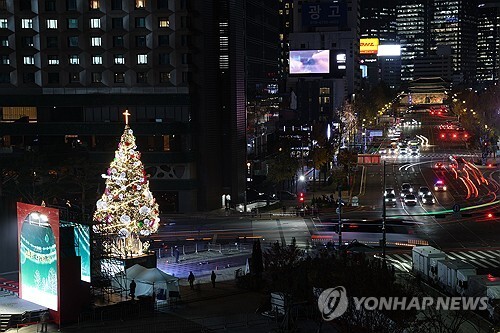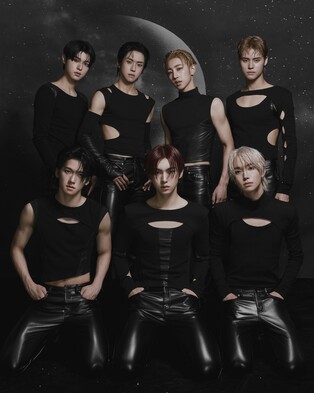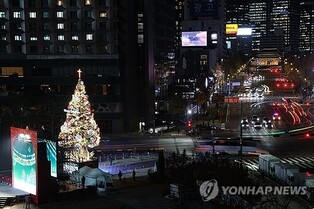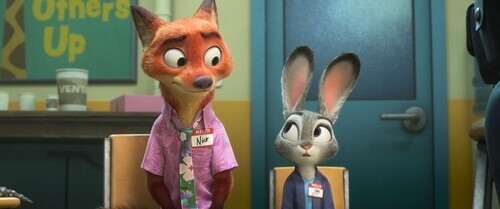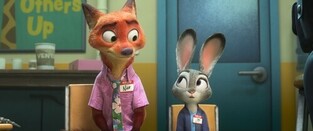by Ra Hwakjin/ Haemin Kim
[ENG] Whale
 |
| ▲ This photo, shows a gray whale jumps out of water the water in Cape Shipunsky on the Pacific Coast. (Yonhap) |
"Gorae" is the Korean word for whale. It is said that even the National Institute of Korean Language, Republic of Korea, does not exactly know why whale was named "gorae." However, due to the nature of Korea, where it is surrounded by the sea on three sides, whales have been a sea creature familiar to Koreans since ancient times.
| ▲ This photo, shows a baleen whale. (Yonhap) |
 |
| ▲ This photo, shows a whale caught in Ulsan. (Yonhap) |
According to the Encyclopedia of Korean Culture of the Academy of Korean Studies, there are about 36 species of whales including baleen whales, common minke whales, blue whales, and gray whales, in the waters of Korea among about 100 species of whales around the world.
There are also records that long, slender and 17 to 18 m long baleen whales have been caught at Daeheuksando, Daecheongdo, Ulsan, Jangjeon, Sinpo, and Eujin on the east and west coasts of Korea.
There is also a record of Antartic minke whale caught in Ulsan.
The gray whale, with a dark gray body and a body length of 10 to 15m, appears on the eastern coast of Korea from late November till early February every year, and gradually moves south, reaching the coasts of the southern coast of Korea, Nagasaki, Ryuku, Taiwan, and China, and mates and give births in these countries in between.
In particular, the Migration Site of Gray Whales of Ulsan has been designated and protected as a natural monument.
The fact that whales have been closely related to the lives of Korean people from ancient times can be seen through the Neolithic stone carvings of Bangudae in Ulju. The flat rock face at the bottom of the cliff is full of animals and fish, as well as many scenes such as hunting and fishing, but among them, scenes related to whales accounts for the majority.
Thus, the scene of people in a boat dragging an flipped whale, or the appearance of a powerfully moving whale, are depicted realistically and dynamically.
 |
| ▲ This photo, shows whales depicted in a painting at the art fair called "Urban Break 2022." (Yonhap) |
In our lives, whales have been recognized as large and strong animals. When the weak suffers from involving in the fight of the strong, there's a saying in Korea that says, "A shrimp will burst in whales fight." In folktales, whales have appeared as a big animal, or an animal that offers help.
There's a lot of story regarding whales in Jeju Island, like the story about going to the whales' stomach to eat their intestines, or a hanyeo who picked abalone from a whale's back without knowing it's a whale. All these stories come from exaggerating the whale's large body.
There is also a story in the Honam coastal region where the descendants of the fisherman would not eat whale meat as a whale rescued a fisherman when his boat was in danger due to the wind.
◇ Ulju Daegok-ri Bangudae Petroglyph
 |
| ▲ This photo, shows the Ulju Daegok-ri Bangudae Petroglyph. (Yonhap) |
 |
| ▲ This photo, shows people looking at the national treasure, Ulju Daegok-ri Bangudae Petroglyph. (Yonhap) |
In the past, it was thought that humans first haunted whales in the sea between the 10th and the 11th centuries, but when the Bangudae Petroglyph in Daegok-ri, Ulju was discovered in 1917, it has been revealed that whale hunting took place thousands of years earlier in the Neolithic Age.
Ulju Daegok-ri Bangudae Petroglyph, which is estimated to have been created about 7,000-3,500 years ago, has drawings intensively engraved on flat, vertical rock face which is about 8m wide and 3m high on a sheer cliff along Daegokcheon Stream, which is a tributary of the Taehwagang River in Ulsan. Through a detailed investigation conducted by the Ulsan Petroglyph Museum in 2013, it has been revealed that a total of 307 shapes were expressed.
The drawings include people, animals and tools, but among animal paintings, whales occupy the largest proportion. Particularly, there are drawings of a whale being hit by a harpoon, a whale carrying its young, a fisherman on a boat catching a whale, and people catching whales using a net. It is interpreted that by engraving rocks, people hoped that the hunting activities would be carried our smoothly, with abundant animals to hunt down.
Most of the whales in the drawing are about 20-30 cm in size, with the largest being about 80 cm and the smaller ones being about 10 cm. Most of the whale paintings reminisce a group of whales swimming with their heads pointing upwards as if looking down from the sky. In the case of the whale that has its side engraved, it appears that the use of a "twisting technique" in which the tail is engraved at an angle was used to deliberately represent the whale's horizontal tail, which is distinct from other fishes. There are also paintings that expresses the ecological characteristics of whales very realistically, including a mother whale carrying its young and whales jumping over the water. The stripes on the body are considered a sort of distribution or dismantlement line.
 |
| ▲ This photo, shows a minke whale that has been illegally caught. (Yonhap) |
The ruins also show scenes of whale hunting in great detail. There are 17, 7, or 5 people on the boat carved around the whale. The boat had a half-moon-shaped bow and stern, connected to a harpoon embedded in the whale's body and a buoy hanging from a string. This is almost identical to the tools used by the indigenous peoples for whaling, which is still practiced today.
Petroglyphs of Bangudae Terrace in Daegok-ri, Ulju was designated as National Treasures in 1995.
◇ Ulsan Whale Festival
 |
| ▲ This photo, provided by Whale Cultural Foundation, shows the poster for Ulsan Whale Festival 2022. (Yonhap) |
As seen in Bangudae Petroglyph, Ulsan was a city where one could easily see whales in the surrounding sea, and Jangsaengpo in Ulsan was also the center of the whaling industry in the past. Due to this, the Ulsan Whale Festival first started in 1995 and was held every year until 2019 as it was paused for two years due to COVID-19. However, this year, the festival will be resumed in 3 years.
This year's festival will be held in Jangsaengpo Whale Culture Zone, Ulsan for 4 days from October 13 till October 16 under the theme, "Again Jangsaengpo."
It will be held in seven places with the theme of gorae madang, jangsaeng madang, chimaek zone, gorae gwangjang, jangsaengi susang show, jangsaengpo yet maeul, and jangsaeng matjib.
The festival plans to present differentiated contents that various people can participate and enjoy, such as water shows, whale street dance, whale song festival competition, and whale parade.
 |
| ▲ This photo, shows the ship for the Whale Watching Tour. (Yonhap) |
Other than this, there are other facilities in the Jangsaengpo Whale Culture Zone with the Whale Museum, the Whale Ecology Experience Center, the Ulsan Ship, the Whale Sea Tour Boat, Welly Kids Land, monorail, and the Whale Culture Village. This event, which was held from July 30, was a hit during the summer season with 81,136 people visiting from July 30 till August 7.
◇ Dol-Gorae(Dolphin)
 |
| ▲ This photo, shows dolphins in the sea of Seogwipo. (Yonhap) |
 |
| ▲ This photo, provided by the Ministry of Oceans and Fisheries Indo-Pacific bottlenose dolphins in Jeju. (PHOTO NOT FOR SALE) (Yonhap) |
Included in the category of cetacea, the small toothed, middle-sized whales(dolphins) are called "Dol-Gorae" in Korea. Unlike English, where the names "whale" and "dolphin" are seperated in Korean, "dol-gorae" is a combination of "dol" and "gorae". According to the National Institute of Korean Language, "dol-" is a word that indicates a low breed or is a wild animal that breeds naturally. It is also a word that contradicts the word "original (眞)" and "dol" which is originated from "Ha-cheon (河川)," a stream.
Among the dolphins in Korea, the Indo-Pacific bottlenose dolphin is most familiar. About 120 Indo-Pacific bottlenose dolphins are known to inhabit off the coast of Jeju Island, and have gained attention as it recently appeared in the popular drama "Extraordinary Attorney Woo," with lawyer Woo-Young-woo saying "I want to go the sea of Jeju and see the Indo-pacific bottlenose dolphins someday."
 |
| ▲ This photo, provided by the Ministry of Oceans and Fisheries, shows Bibong, the last Indo-Pacific bottlenose dolphin to be released back to the ocean. (PHOTO NOT FOR SALE) (Yonhap) |
 |
| ▲ This photo, provided by the Ministry of Oceans and Fisheries, show Bibong, an Indo-Pacific bottlenose dolphin getting ready to be released to the ocean. (PHOTO NOT FOR SALE) (Yonhap) |
At the time of its designation as a marine protected species in 2012, there were a total of eight Indo-Pacific bottlenose dolphins in domestic aquariums. However, starting with "Jedol," "Chunsam," and "Sampal" in 2013, a total of 7 animals returned to nature by 2017. Today, there are no Indo-Pacific bottlenose dolphins left in domestic aquariums.
◇ The photo of humpback whale in "Extraordinary Attorney Woo" taken by photographer Chang Nam-won
 |
| ▲ This photo, provided by ENA, shows the poster for the drama "Extraordinary Attorney Woo." (PHOTO NOT FOR SALE) (Yonhap) |
In the recently popular drama "Extraordinary Attorney Woo," various whales and dolphins are described and their personalities are explained. In particular, the photo of a humpback whale hung in the conference room of Hanbada, a law firm where Woo Young-woo work, caught the attention of viewers with a strong image.
This photo is the work of Chang Nam-won, a former newspaper photographer and one of the first-generation underwater photographers in Korea.
 |
| ▲ This photo, shows the Seoul Sky 5th Anniversary Media Art Special Exhibition "Flying Whales" at the Lotte World Tower Observatory in Jamsil, Seoul. (PHOTO NOT FOR SALE) (Yonhap) |
 |
| ▲ This photo, shows the Seoul Sky 5th Anniversary Media Art Special Exhibition "Flying Whale" at the Lotte World Tower Observatory in Jamsil, Seoul. (PHOTO NOT FOR SALE) (Yonhap) |
Photographer Chang is hosting the Seoul Sky 5th Anniversary Media Art Special Exhibition "Flying Whales" at the Lotte World Tower Observatory in Jamsil, Seoul until August 21. There are 30 pieces that displays a mother whale swimming around her cub, or a scene where a diver and a whale interact. A photo of a humpback whale that Woo Young-woo admired is also on display.
(END)
(C) Yonhap News Agency. All Rights Reserved



















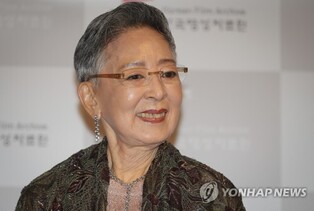

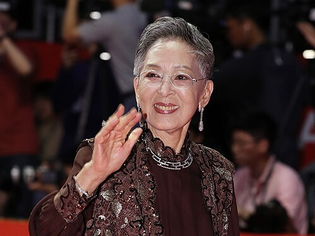
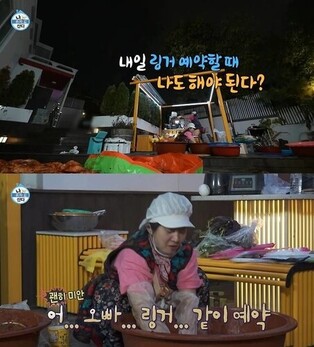
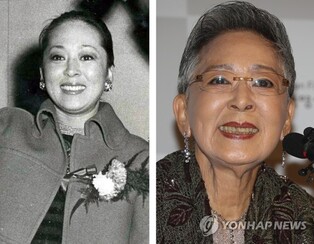
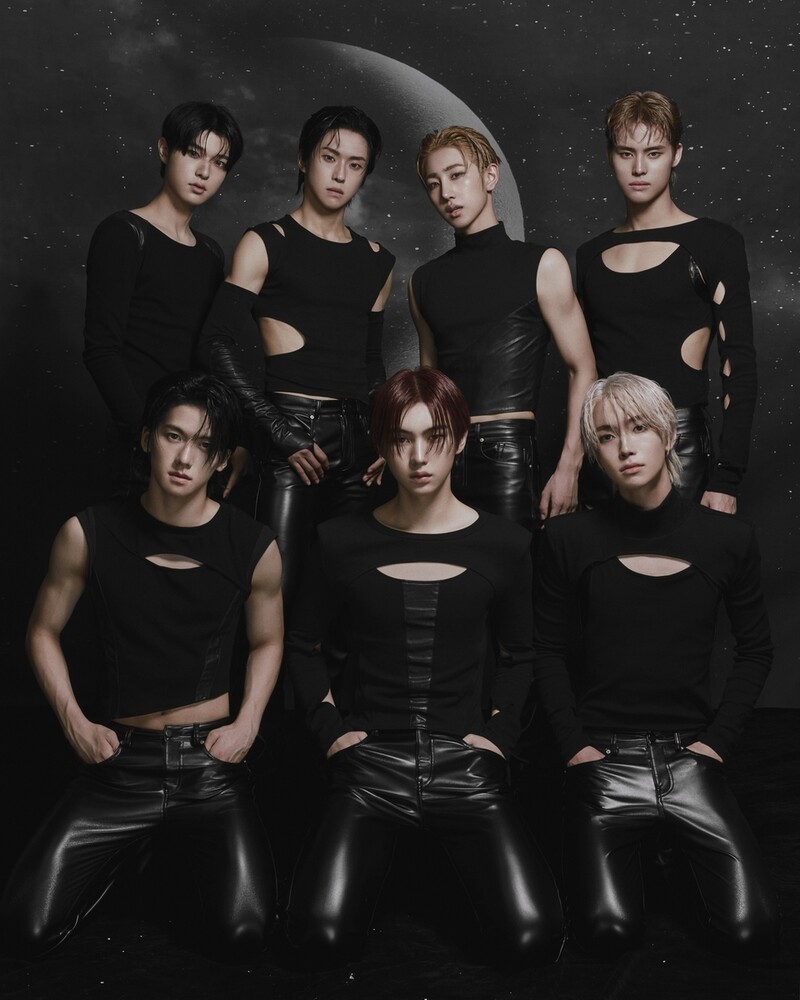
![[가요소식] 지코, 요아소비 이쿠라와 신곡](/news/data/20251212/yna1065624915953509_920_h2.jpg)
